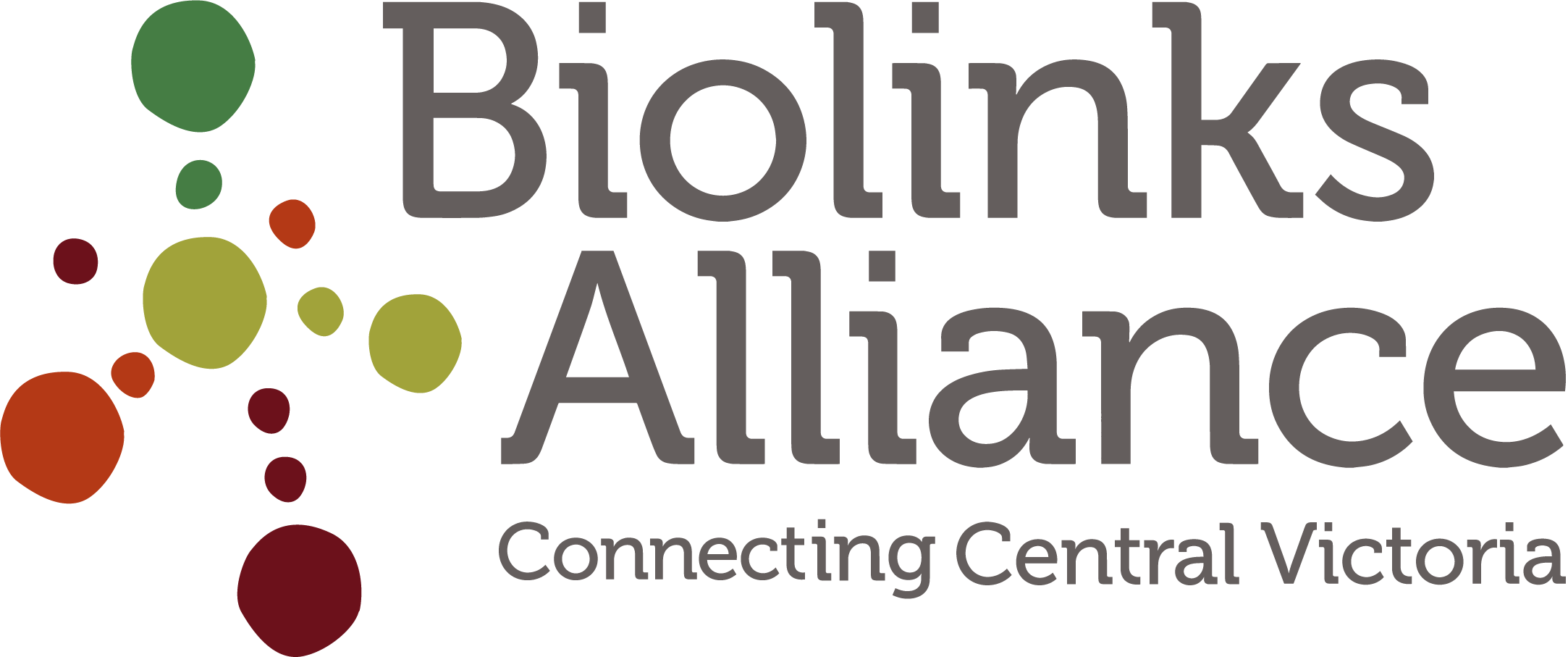Kangaroo Creek
Biolinks Alliance is partnering with local conservation organisations to urgently protect and restore habitat for greater glider populations along Kangaroo Creek. Working across private and public land between Malmsbury and Glenlyon, this project is in a climate refuge - an area that is predicted to be more resilient to the impacts of climate change.
Climate change is a key threat to greater gliders, as they are extremely sensitive to increases in temperature. The protection and enhancement of cooler and wetter parts of the landscape, whether they be on private or public land, is a key priority for the conservation of the species.
Citizen scientist surveys undertaken by Malmsbury Landcare and Wombat Forestcare confirmed that greater gliders are present throughout the interface of private and public land along Kangaroo Creek.
Kangaroo Creek, a seasonal tributary to the Coliban River, weaves and winds its way through both the Wombat State Forest and private property, dispersing into the Malmsbury Reservoir. It boasts some of the highest quality reaches of a stream within Victoria.
The remnant glider population along the creek is particularly significant in case of wildfire in the core areas of habitat in the Wombat Forest.
Biolinks Alliance is partnering with Malmsbury Landcare as we continue to work with landholders along the creek to develop a better understanding of the greater glider populations on their properties, and what steps can be taken to enhance and protect them.
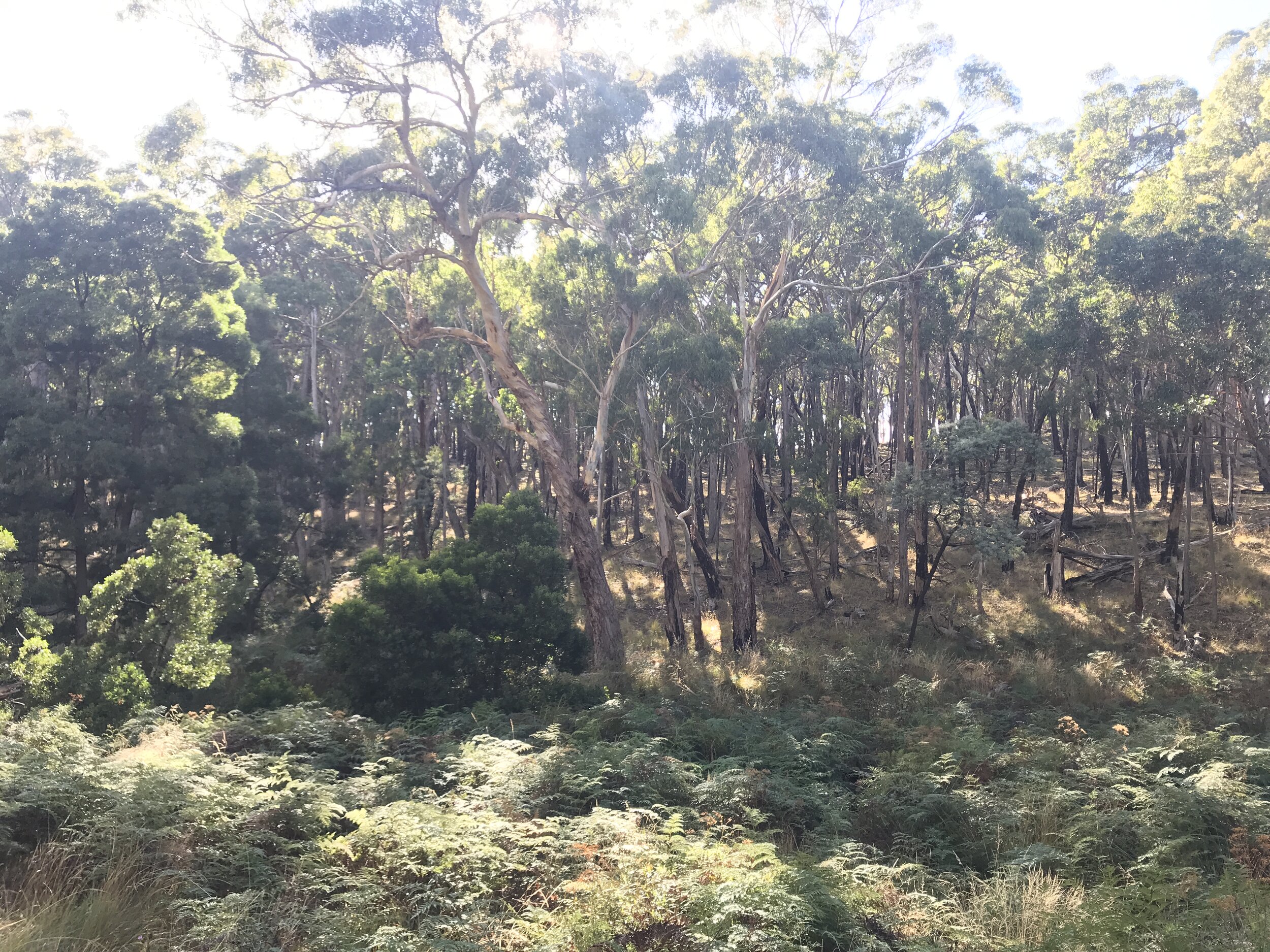
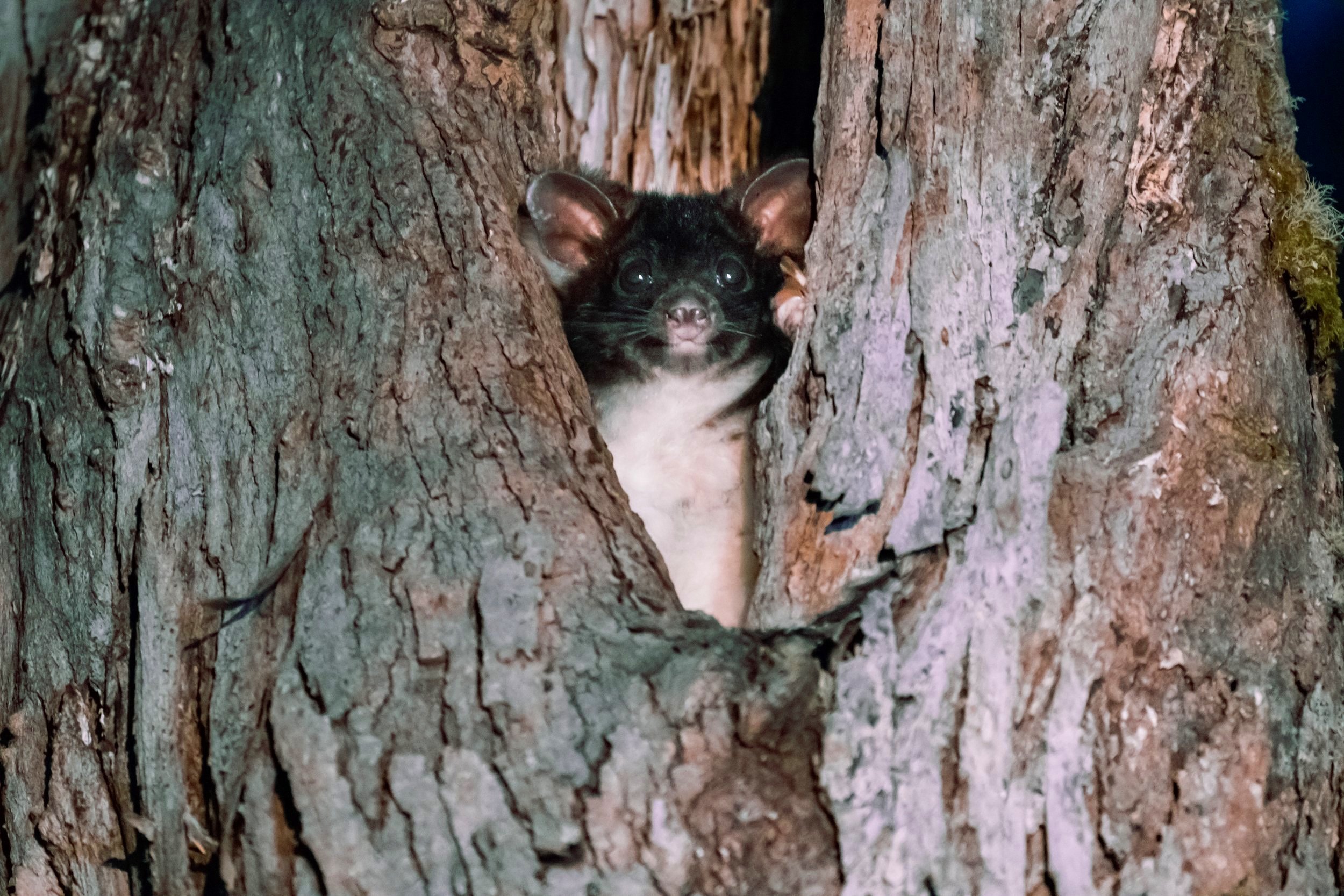
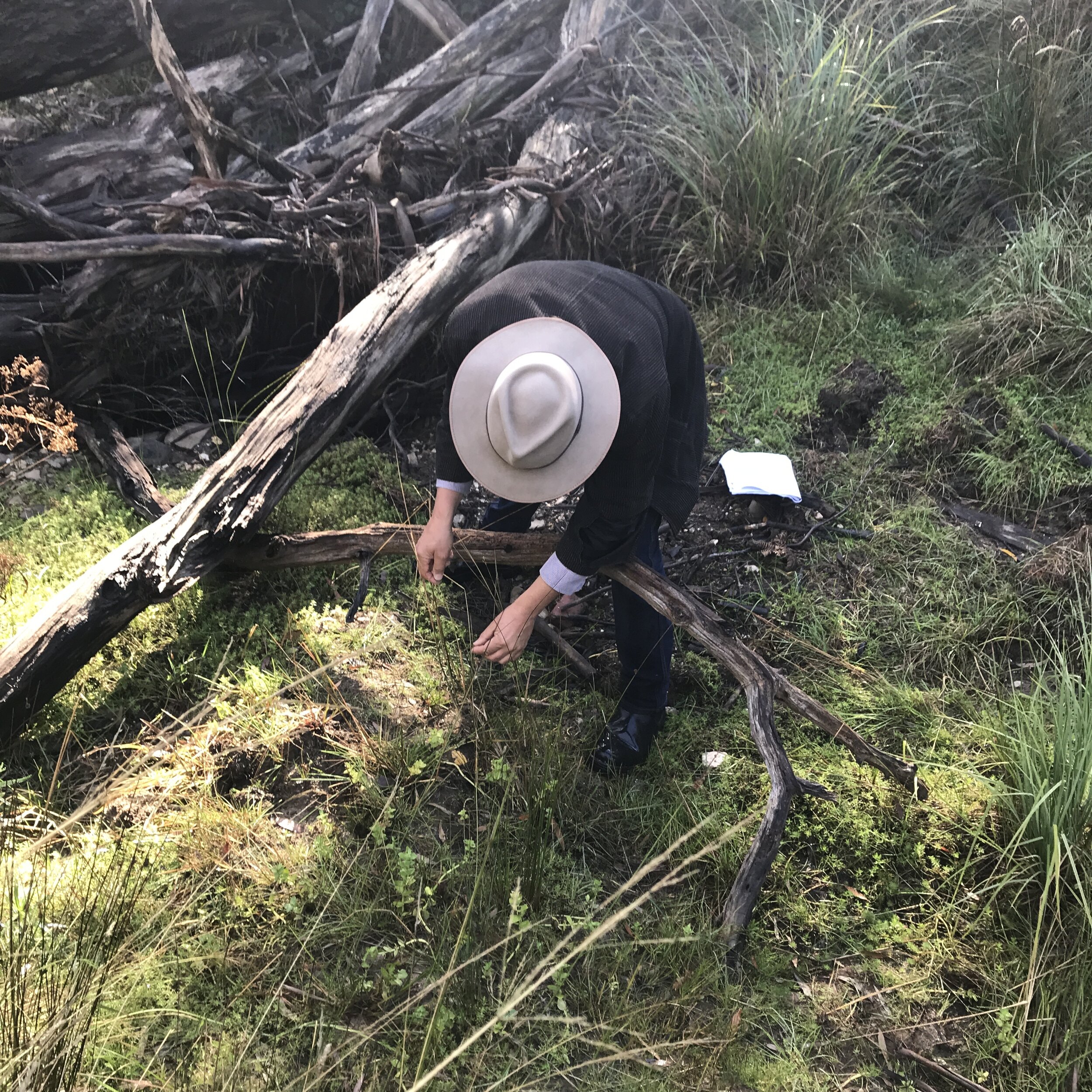
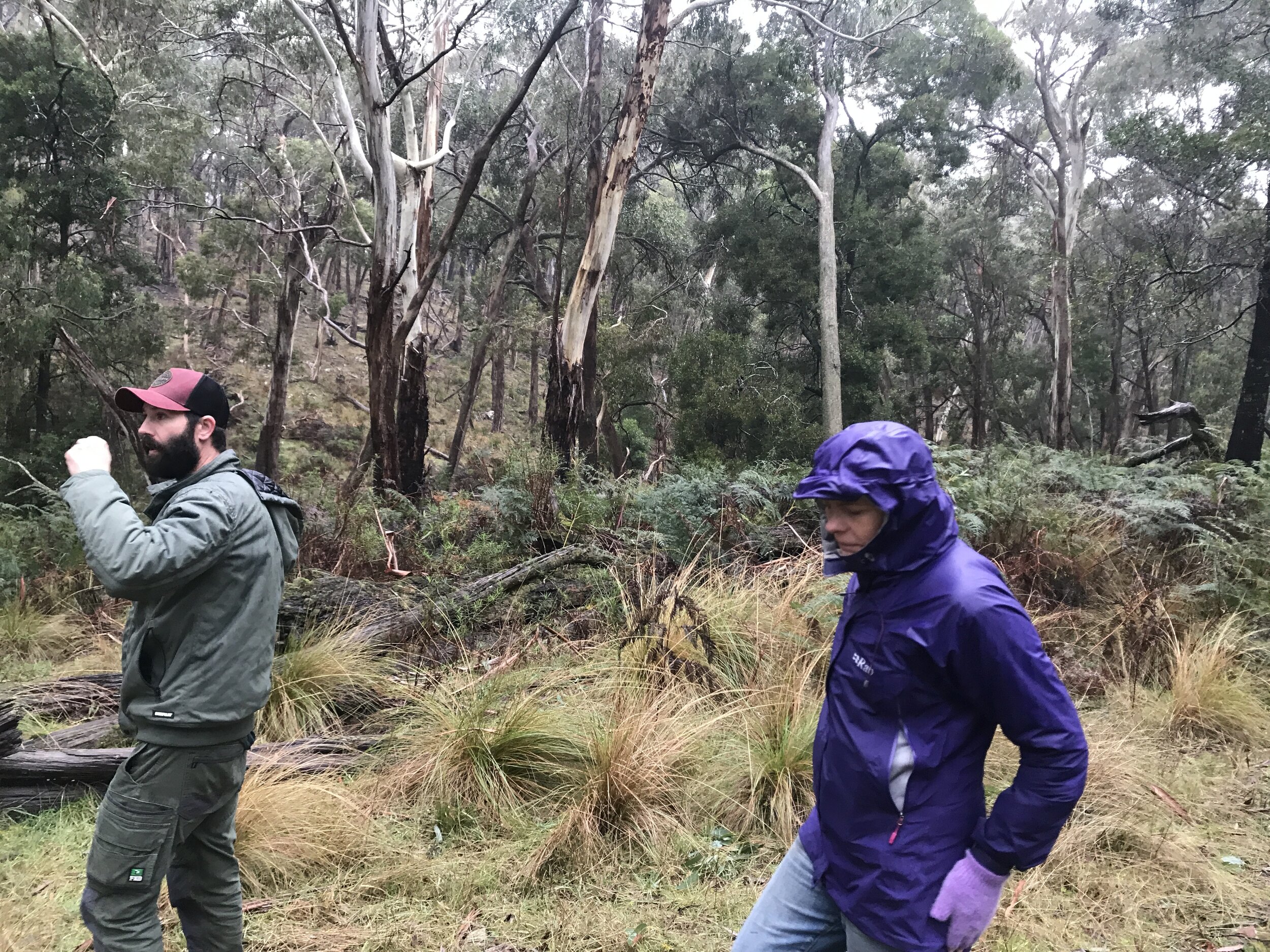
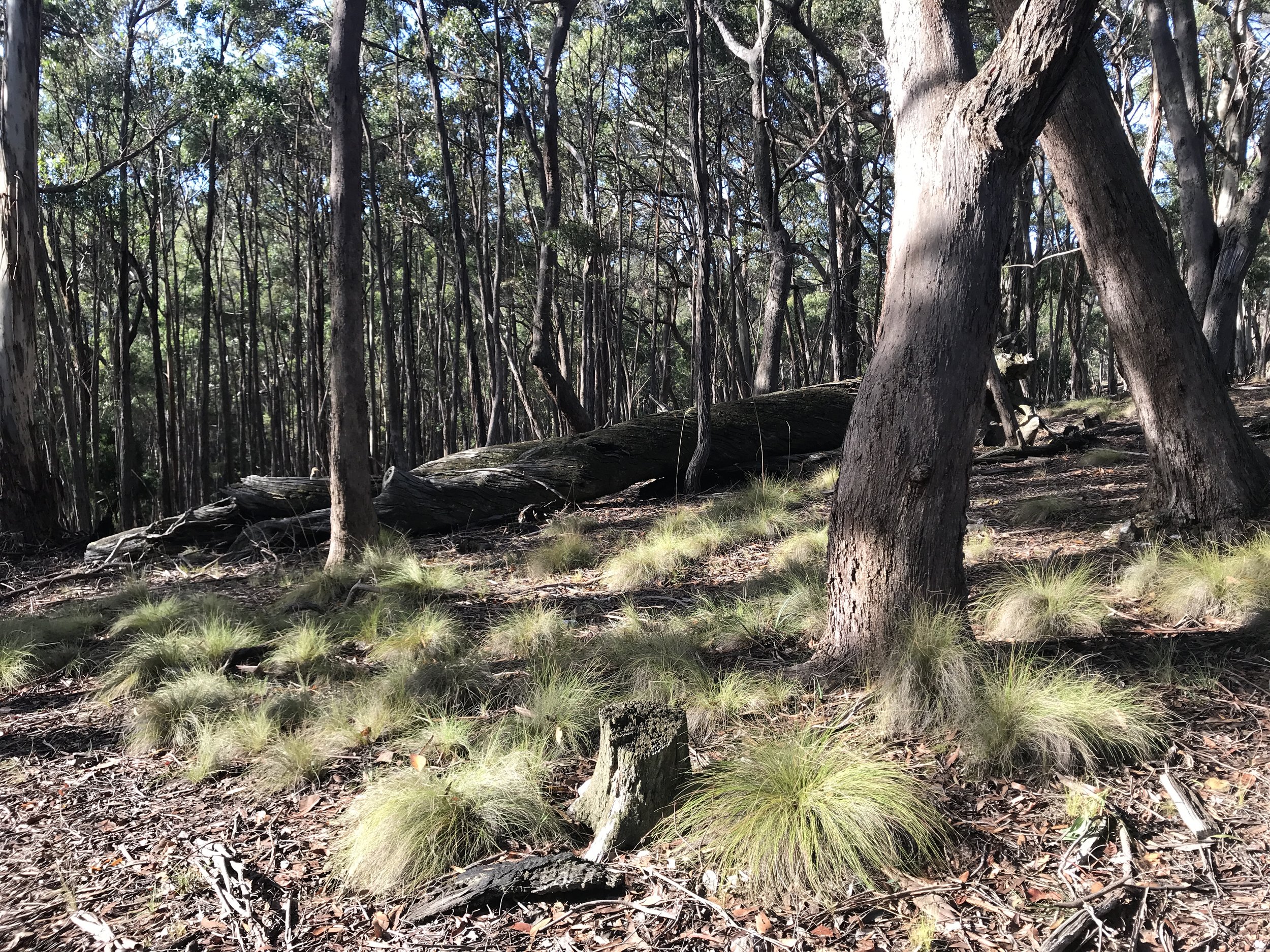
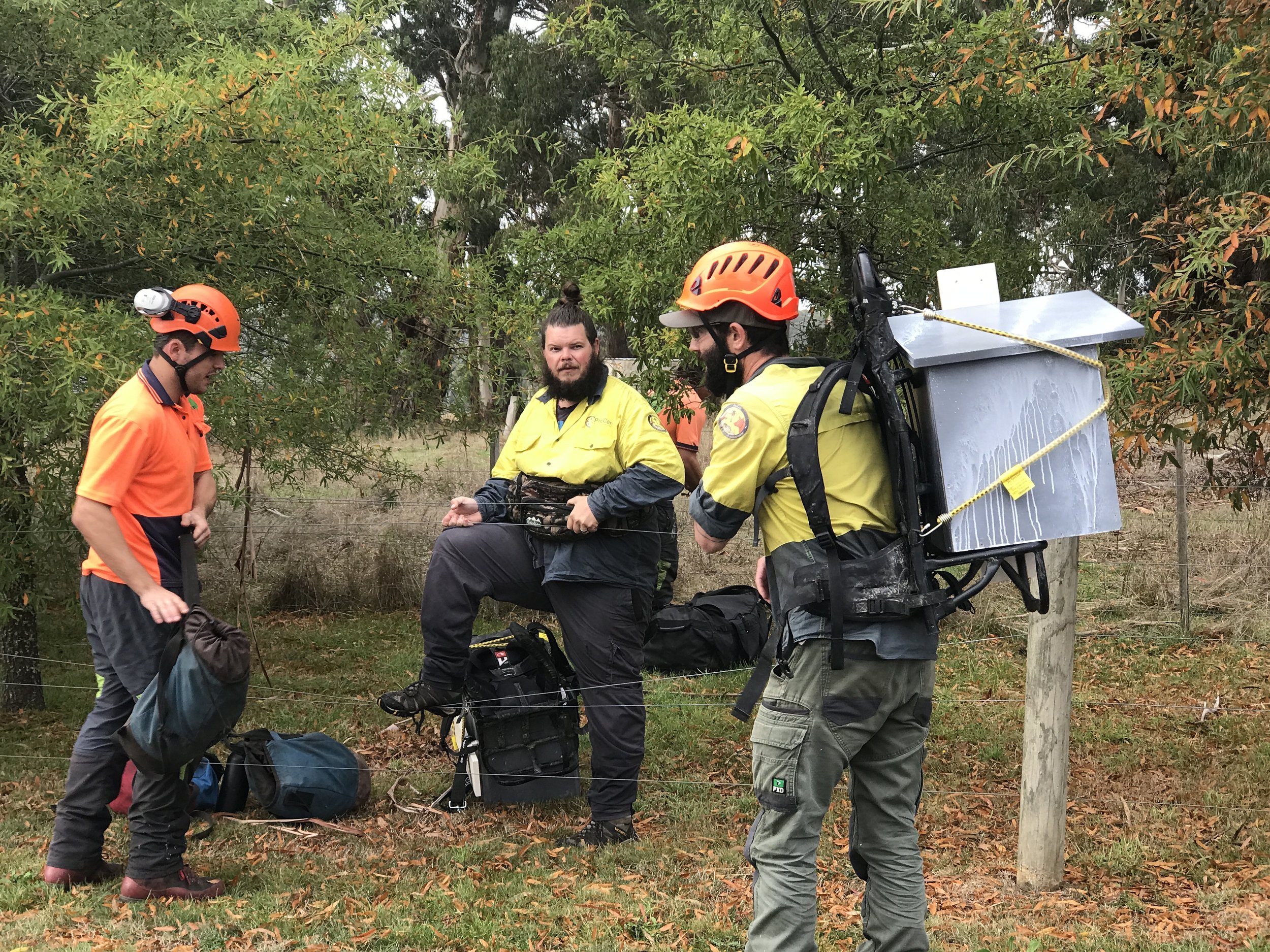
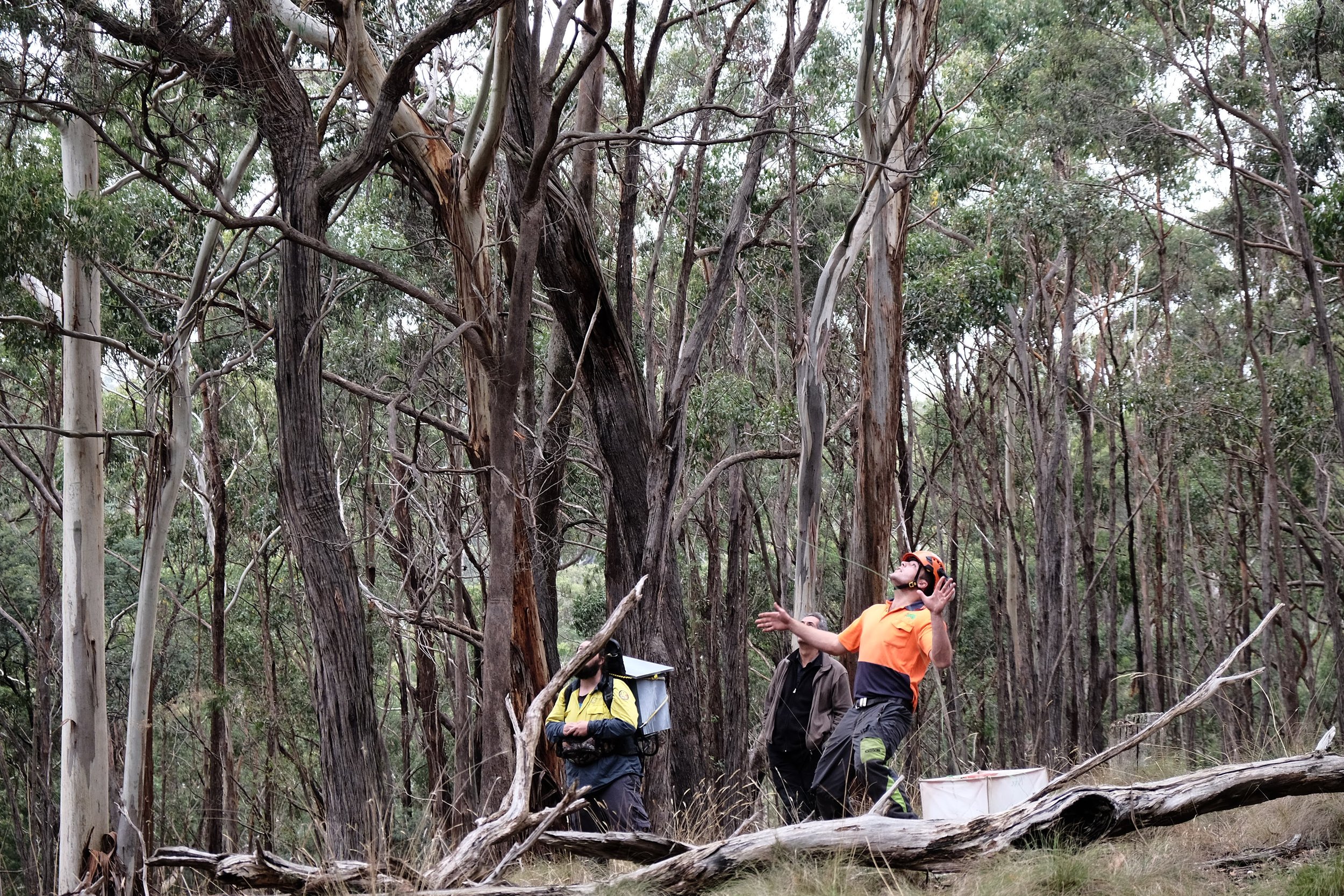
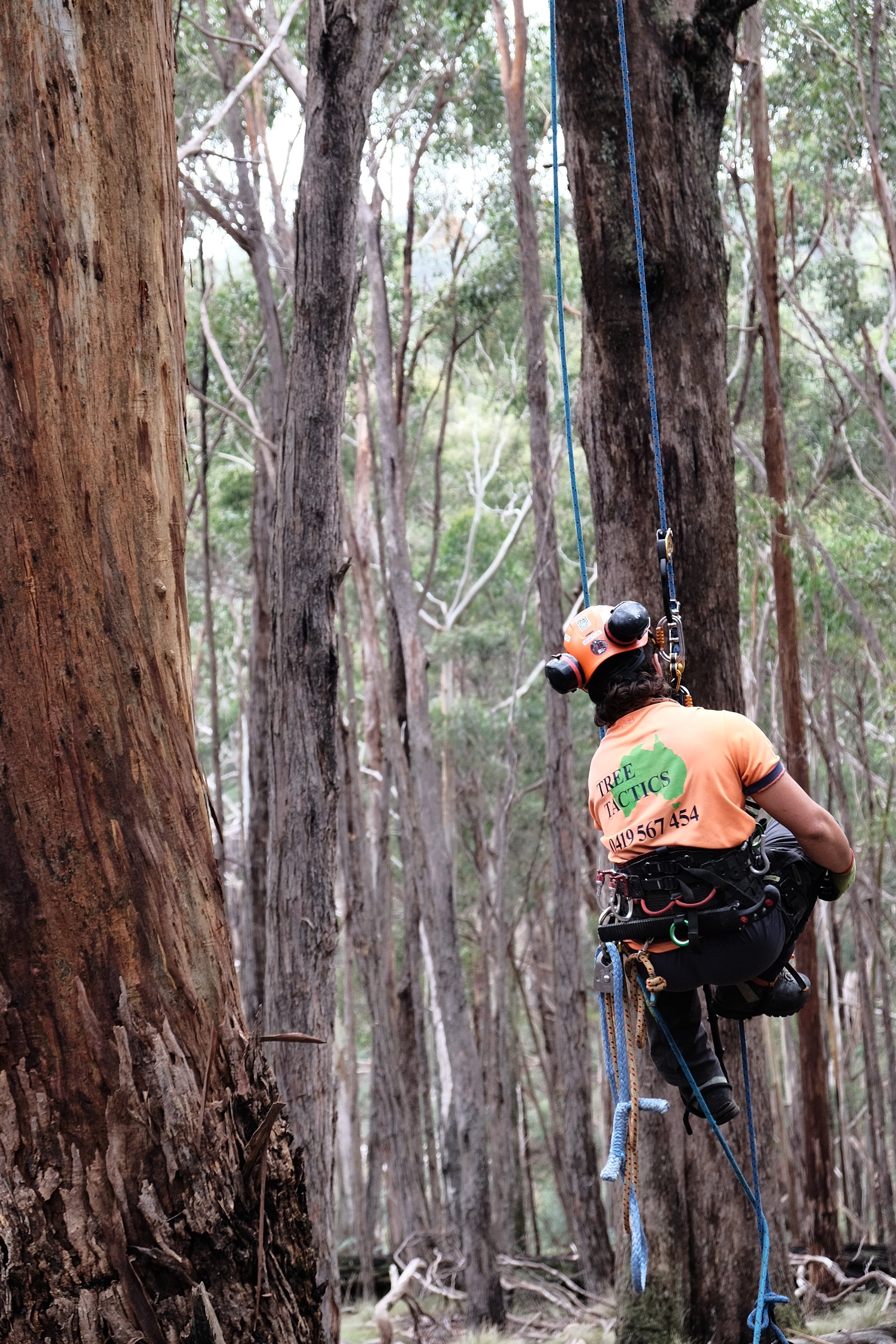
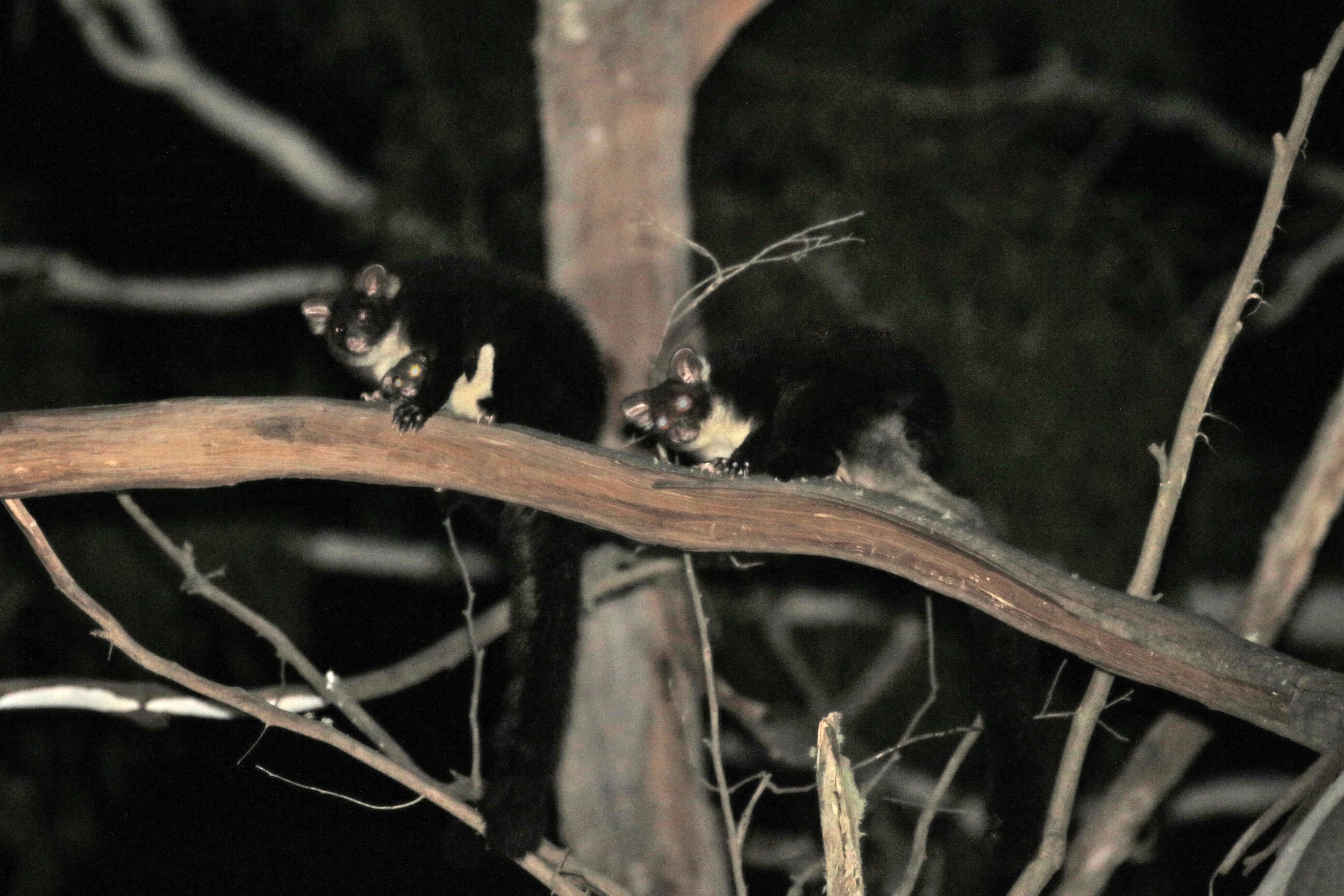
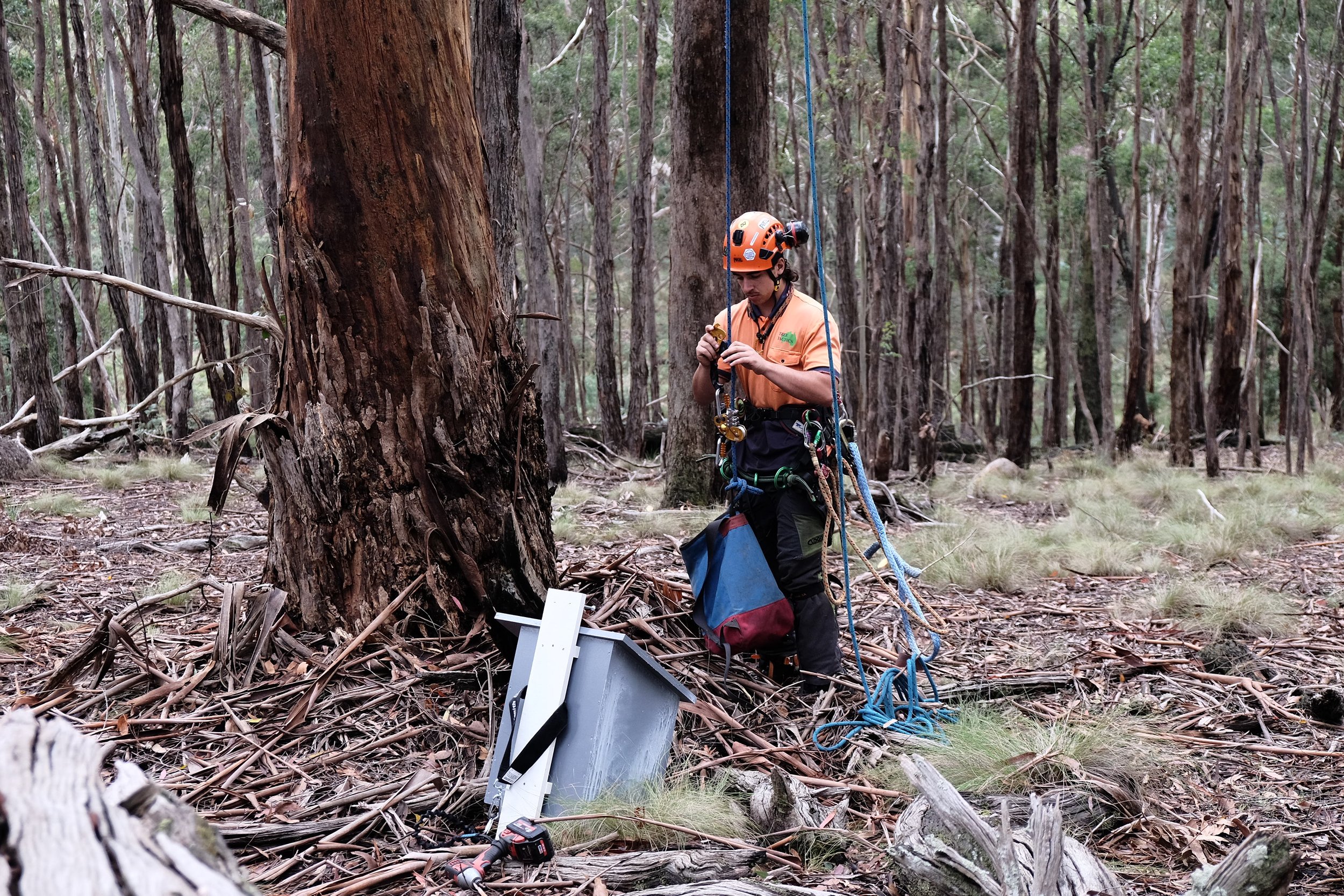
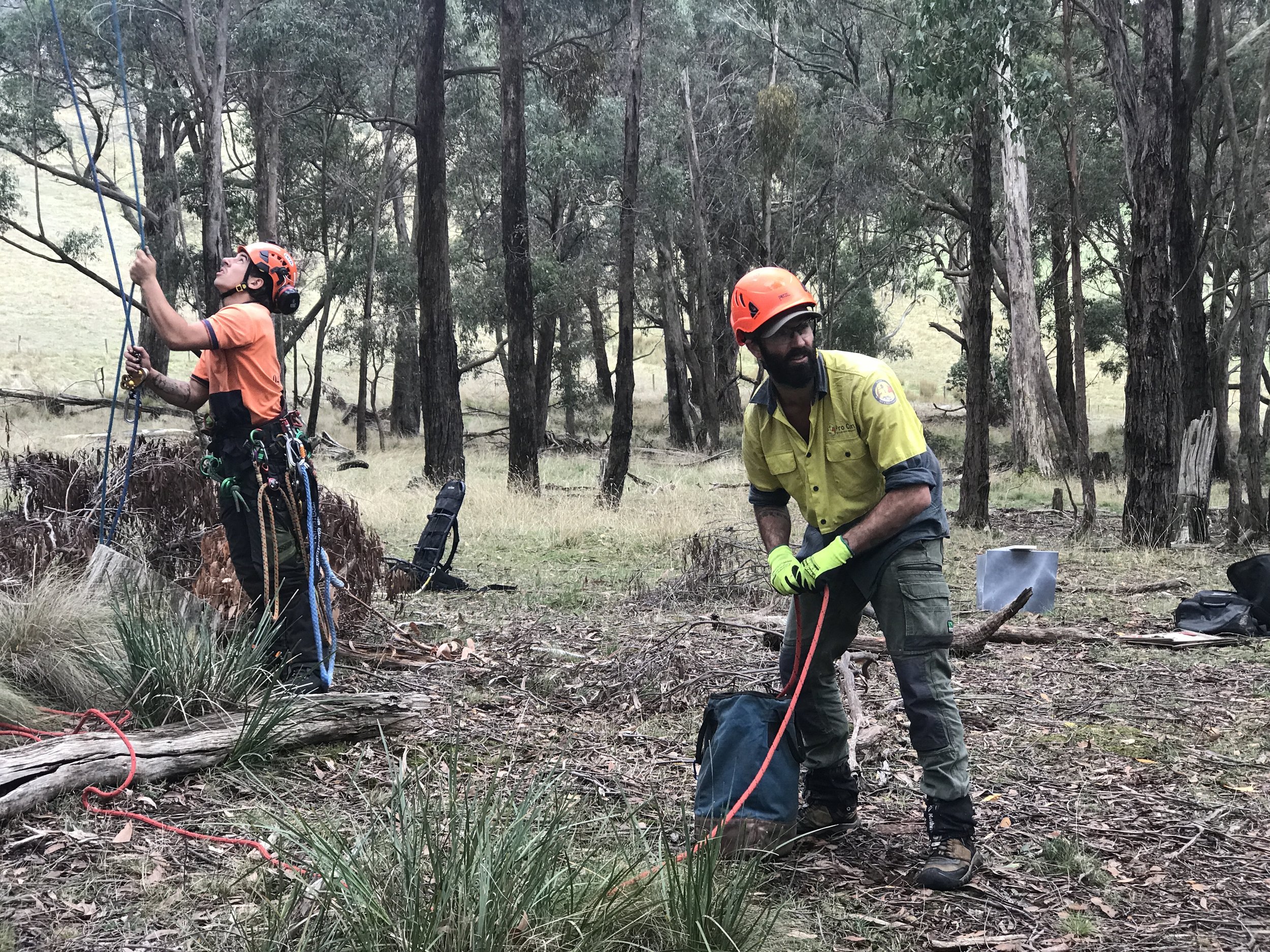
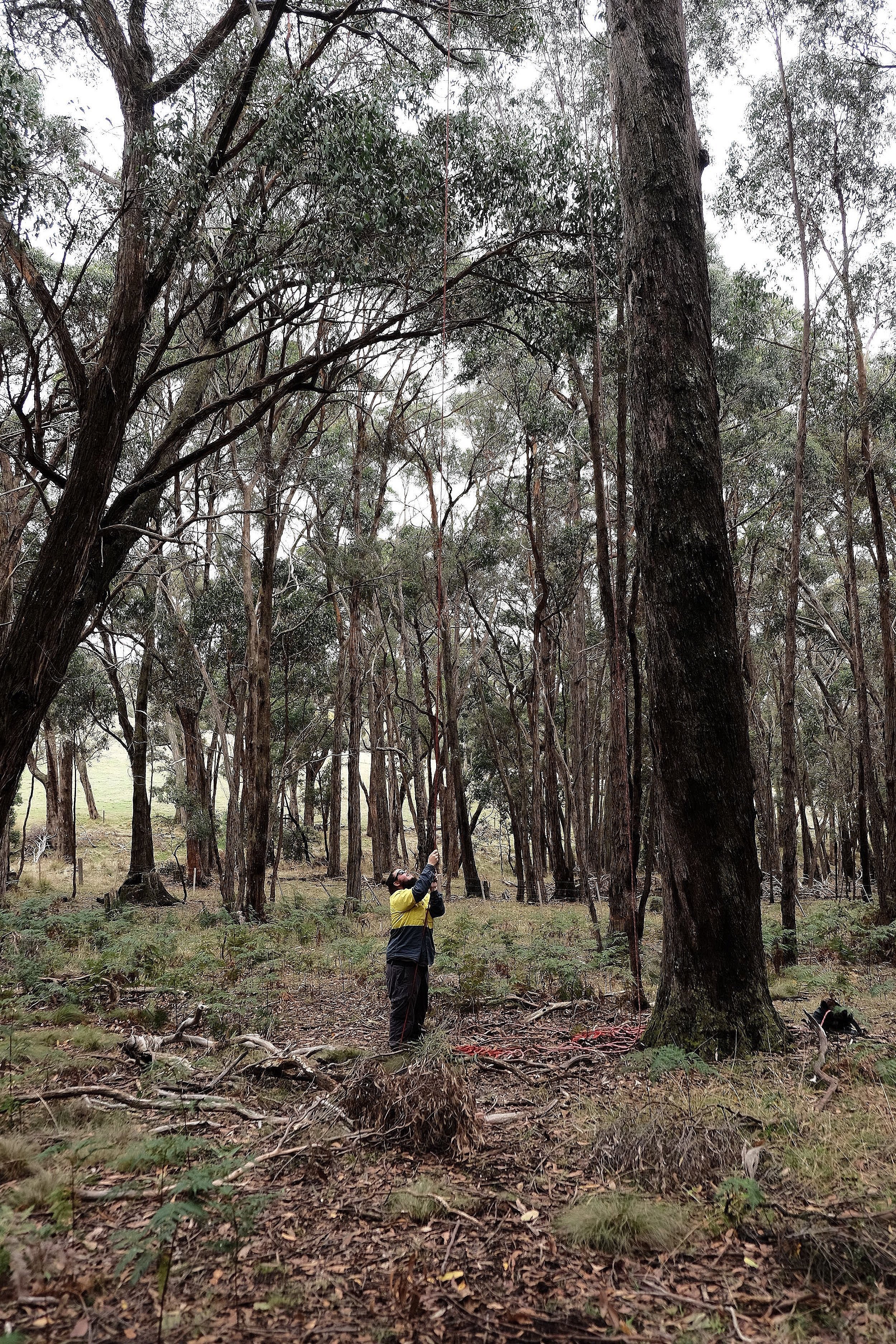

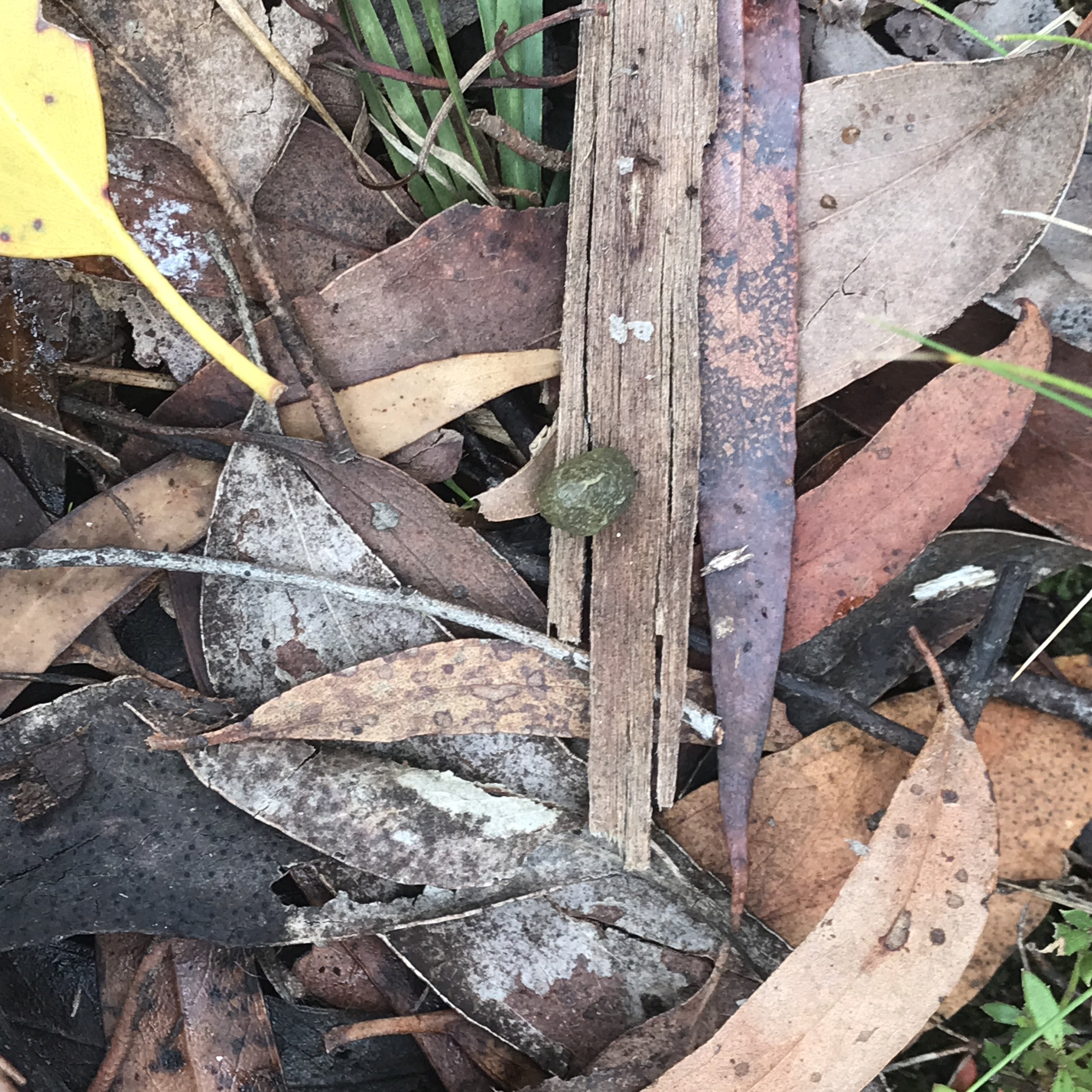
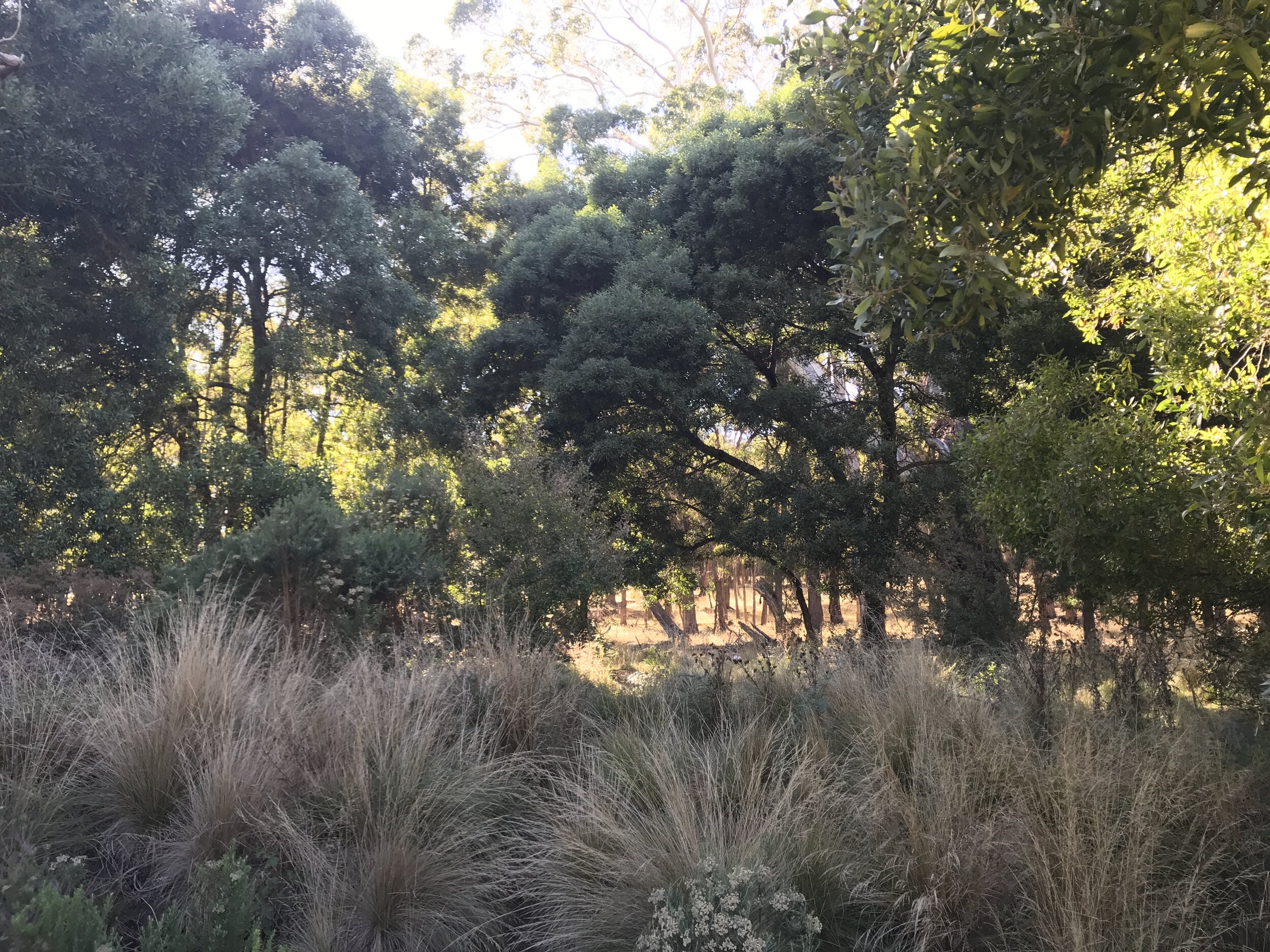
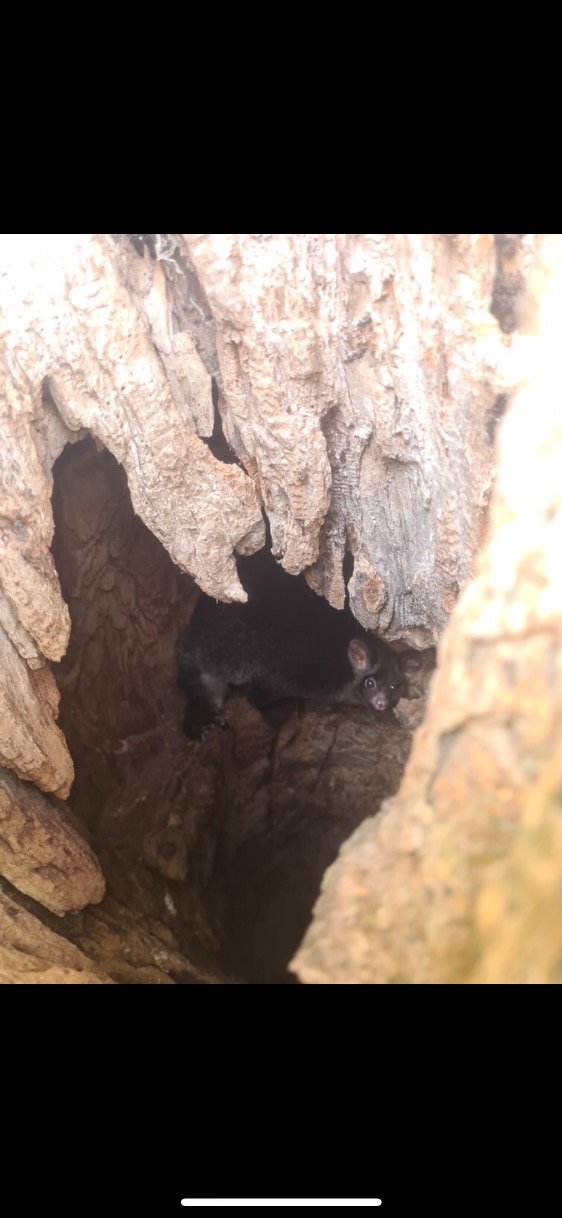
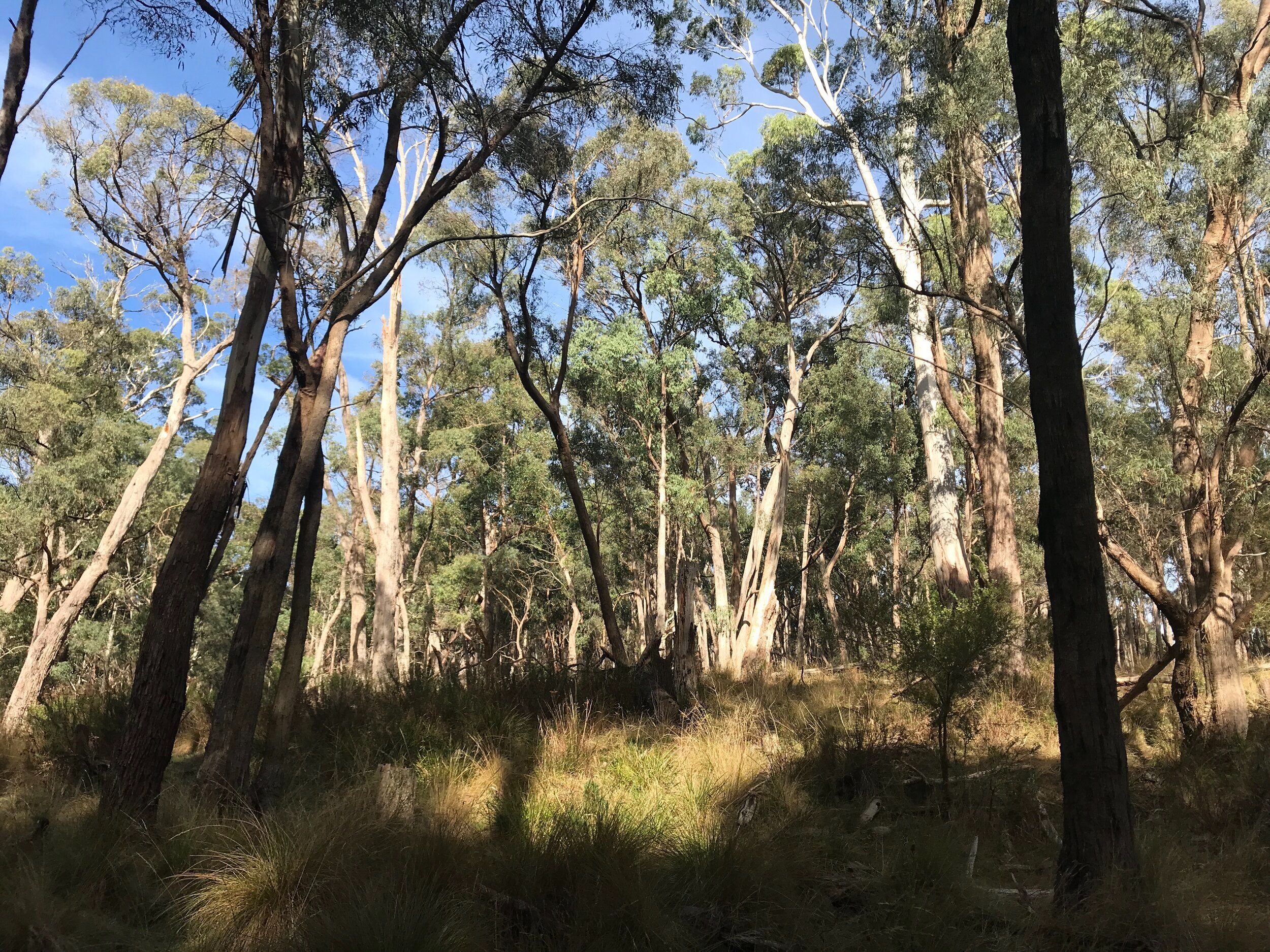
Have you ever seen a greater glider?
You’re lucky if you can say ‘yes’.
Greater gliders were once the most reliably spotted arboreal species in the tall forests on the southern Great Dividing Range, but over the past 20 years their populations have crashed by an alarming 80%.
They are the largest of Australia’s glider species. They are folivores, their diet consisting mainly of Eucalyptus leaves from mature canopies, with a preference for new growth. Rarely touching the ground, their water requirements are obtained from the leaves. This specialised diet make them sensitive and susceptible to changes in habitat quality and disturbances such as climate change, logging and fire. They are largely solitary creatures and give birth to only one young per year.
Large Old Trees are essential for the greater gliders’ survival. They den in multiple hollow bearing trees within their home range. These trees typically need to be over 120 years old for a hollow to form, and then a further 50-100 years for a hollow to reach an appropriate size for greater gliders. There is strong competition for these large hollows among the species of the forests.
Greater gliders are listed as threatened in Victoria, and in 2022 were added to the Australian federal endangered species list.
The ranges around Melbourne were once population strongholds for this species. The Wombat State Forest contains a significant greater glider population from a conservation perspective. It is the western-most population of greater gliders and all the more important after the 2020-21 mega-fires, with much of their easterly and northerly range destroyed or badly damaged.
A birds eye view of the Kangaroo Creek landscape where the initial works will take place. The footage was taken during August 2021 shortly after the mega-storm that tore down hundreds of trees in the Wombat State Forest.
A plan for collaborative action
Arboreal mammal survey specialist, Brad Blake, undertook baseline surveys over a period of four nights, assessing greater glider population densities along the creek line and in the surrounding remnant eucalypt forest.
Ecological property surveys and consultation with landowners have resulted in a staged action plan to strengthen the population through a variety of measures to improve the quality, extent and connectivity of habitat in the area.
Measures include:
Installation and monitoring of nest boxes both for greater glider and other species providing more refuge for all species.
Understorey plantings and protection of current remnant habitat to promote a diversity of arboreal habitat. This will increase prey density and diversity for powerful owls that disproportionately hunt young male greater gliders that have been displaced and are looking for new territory.
Ecological thinning of overly dense regrowth forest to increase the growth rate of remaining trees and speed up the formation of large old trees with nesting hollows.
Planting future habitat trees, extending the extent and connectivity of existing habitat.
Installation of gliders polls - creating arterials to suitable ridgetop habitat areas currently inaccessible to gliders.
Hydrological assessment and works for the health of the creek and surrounding alluvial plains to strengthen the climate refugial properties of the area.
Project outcomes
Greater community awareness of the value of native habitat for arboreal mammals and species with similar habitat requirements.
Evidence-based plans for where the greatest habitat improvements can be obtained.
Habitat protection, enhancement and restoration in strategic locations.
Increased support for the community to do more locally (on public land and on their properties) to realise a transformational, whole-of-landscape approach to restoring the health and resilience to the environment and secure threatened species.
Find out more about the Local to Landscape process used to develop Kangaroo Creek project.
Partnerships
This project is part of a larger coordinated effort to conserve gliders and their habitat through the Glideways initiative, which is being led by communities along the length of the Great Eastern Ranges. It was made possible by support from the World Wildlife Fund (WWF) and the Great Eastern Ranges (GER) connectivity conservation initiative. We are partnering more locally with the North Central Catchment Management Authority (NCCMA).
Chris Pocknee - Biolinks Alliance Ecologist
For more information or to get involved contact Chris
(chris.pocknee@biolinksalliance.org.au)
